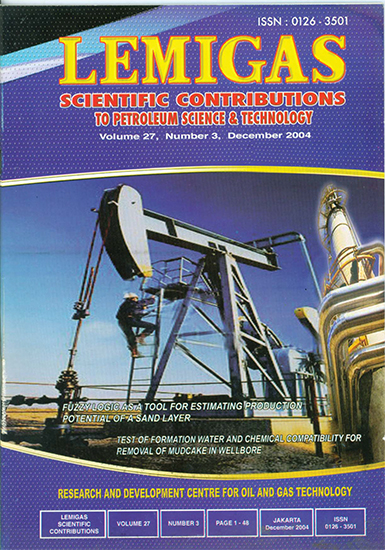INFLUENCE OF THIOPENE ON THE CONVERSION OF METHYL-CYCLOPENTANE AND N.HEXANE TO BENZENE USING MONO-AND BI-METALLIC REFORMING CATALYSTS
DOI:
https://doi.org/10.29017/SCOG.27.3.1058Keywords:
Conversion, Reforming, CatalystsAbstract
Parrafin and naphthene hydrocarbons are usually the major component in the naptha reforming feedstock. Thus the conversion of these hydrocarbon to high octane motor gasoline and aromatic hydrocarbon is one of the important reactions of the catalytic reforming process, (Montamal., 1965). And aromatization reaction is guided by both metal and acid sites of bi-functional reforming catalyst (Hobson 1973).
References
Barron, J.N., 1963, Journalof Catalysis, 2, pp.152-155
Germain, J.E., 1969, Catalytic Conversion of Hydrocarbons, Academic Press, New York, pp. 141-230.
Hobson, G.D. and Pohl, W., 1973, Moden Potreleum Technology, Aplied Science, Pub. Ltd, Ensex, England, pp. 327-344
Downloads
Issue
Section
License
Copyright (c) 1970 SCIENTIFIC CONTRIBUTIONS OIL AND GAS (SCOG)

This work is licensed under a Creative Commons Attribution 4.0 International License.
Authors are free to Share — copy and redistribute the material in any medium or format for any purpose, even commercially Adapt — remix, transform, and build upon the material for any purpose, even commercially.
The licensor cannot revoke these freedoms as long as you follow the license terms, under the following terms Attribution — You must give appropriate credit , provide a link to the license, and indicate if changes were made . You may do so in any reasonable manner, but not in any way that suggests the licensor endorses you or your use.
No additional restrictions — You may not apply legal terms or technological measures that legally restrict others from doing anything the license permits.














